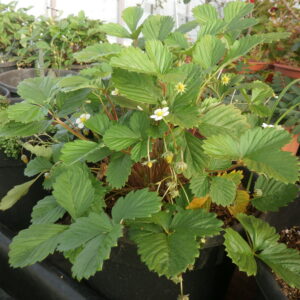
Basil, Greek
₡1,900.00
Out of stock
Related products
-

Spinach, Malabar Red
Culinary Garden ₡1,900.00 Add to cart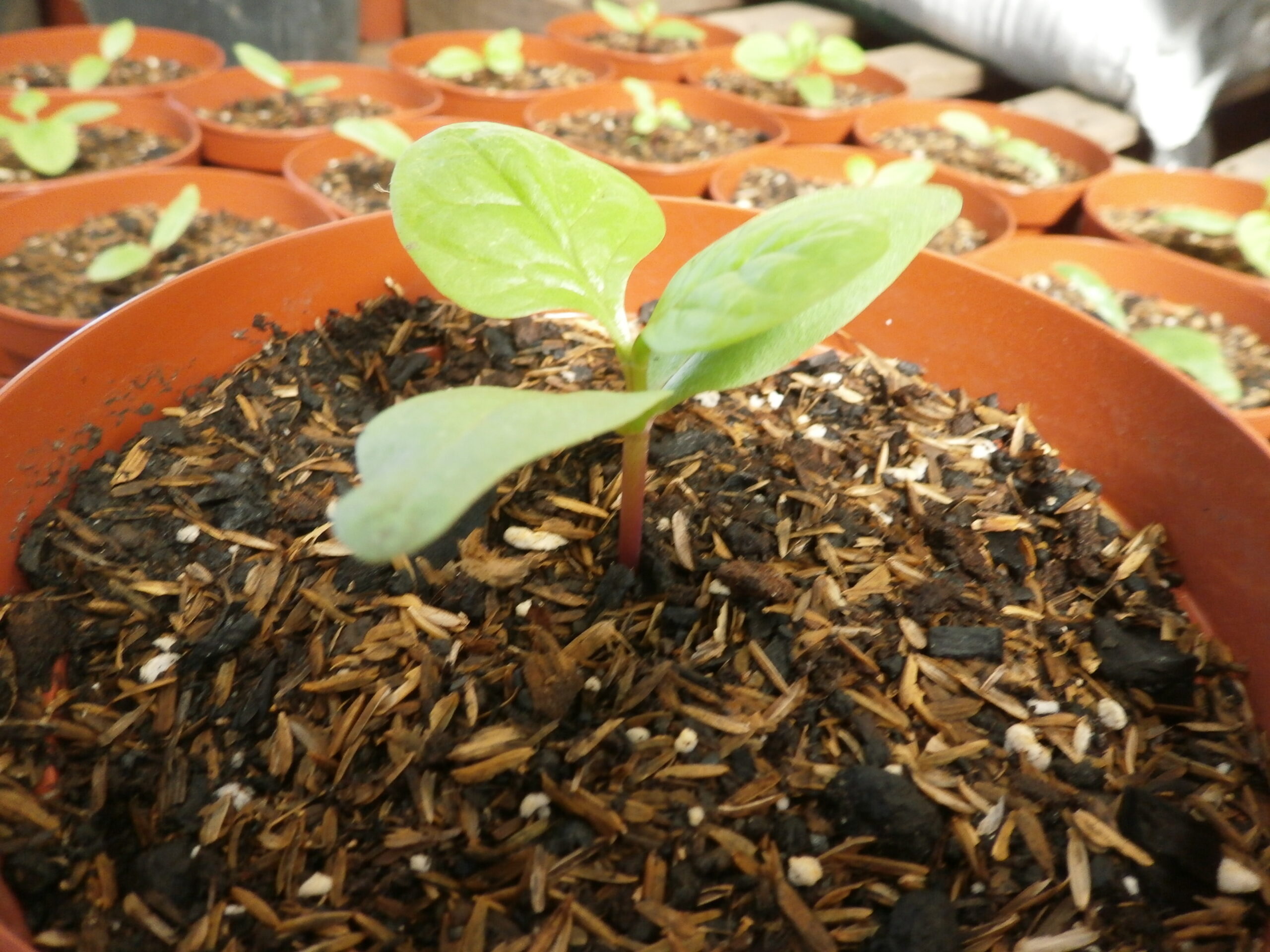
Spinach, Malabar Red
₡1,900.00
SKU: 0710 Category: Culinary GardenScientific name: Basella rubra
Family: Basellaceae
Origin: India
Medicinal use:Perennial, ornamental and edible climbing plant. Its leaves are a good source of vitamin A, vitamin C, iron, and calcium. It grows well in abundant light and takes on pink tones in the sun. It does not tolerate cold, its flowers attract bees, it is widely used in gastronomy, being fast growing and easy to care for. It is not very demanding with the light it receives, adapting well to short periods of drought
22 in stock
-

Cilantro, Wild
Culinary Garden ₡1,900.00 Add to cart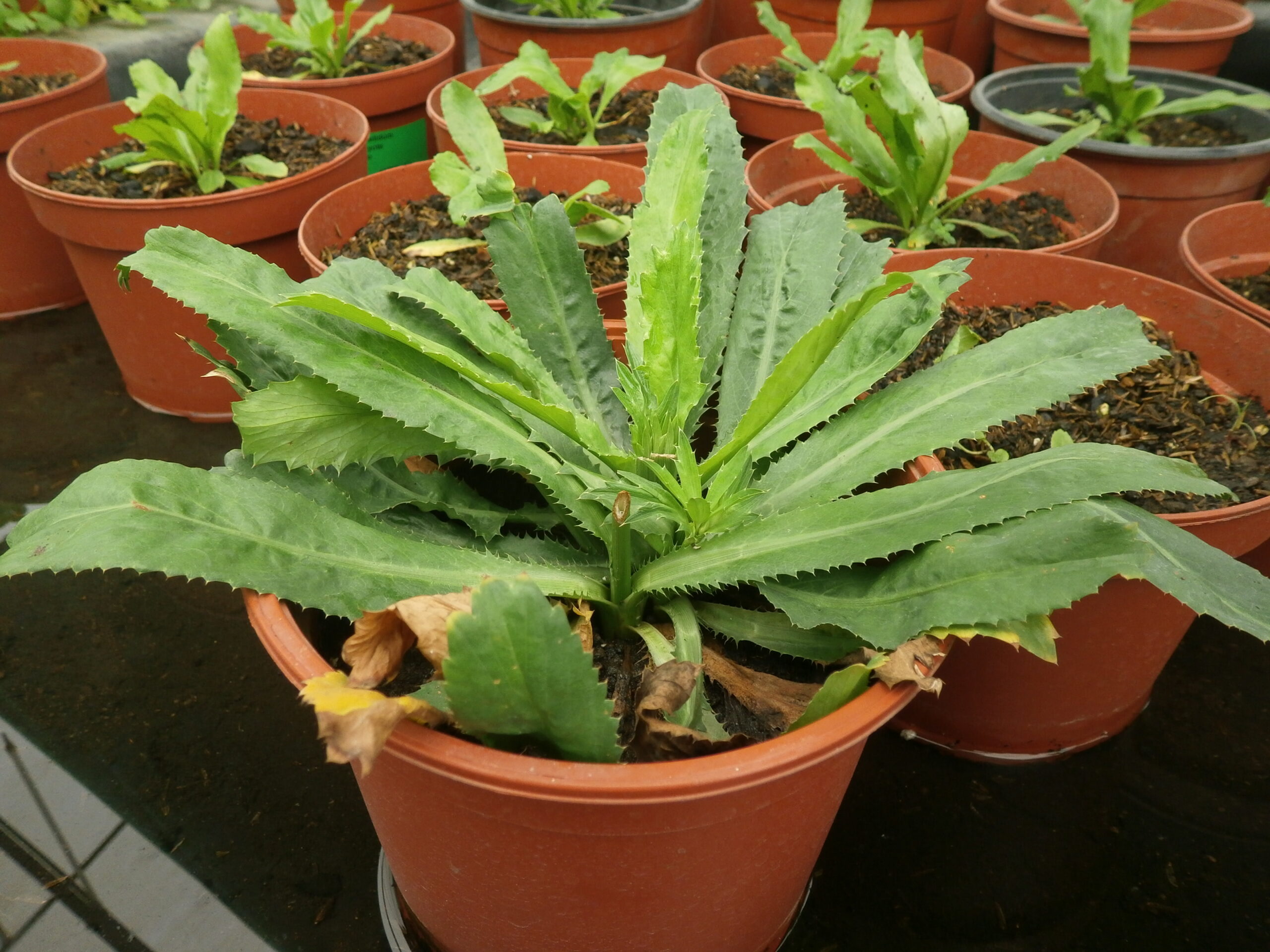
Cilantro, Wild
₡1,900.00
SKU: 0650 Category: Culinary GardenScientific name: Eryngium foetidum
Family: Apiaceae
Origin: Mexico and S America
Medicinal use:The leaves are used fresh, whole or chopped, as a substitute for coriander and parsley. In Panama, it is mixed with parsley, garlic, onion and chives to prepare “green recao”, a condiment widely used in the preparation of various stews, sauces and soups.
21 in stock
-
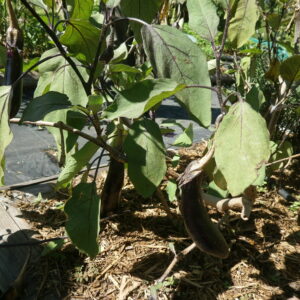
Eggplant
Culinary Garden ₡1,900.00 Add to cart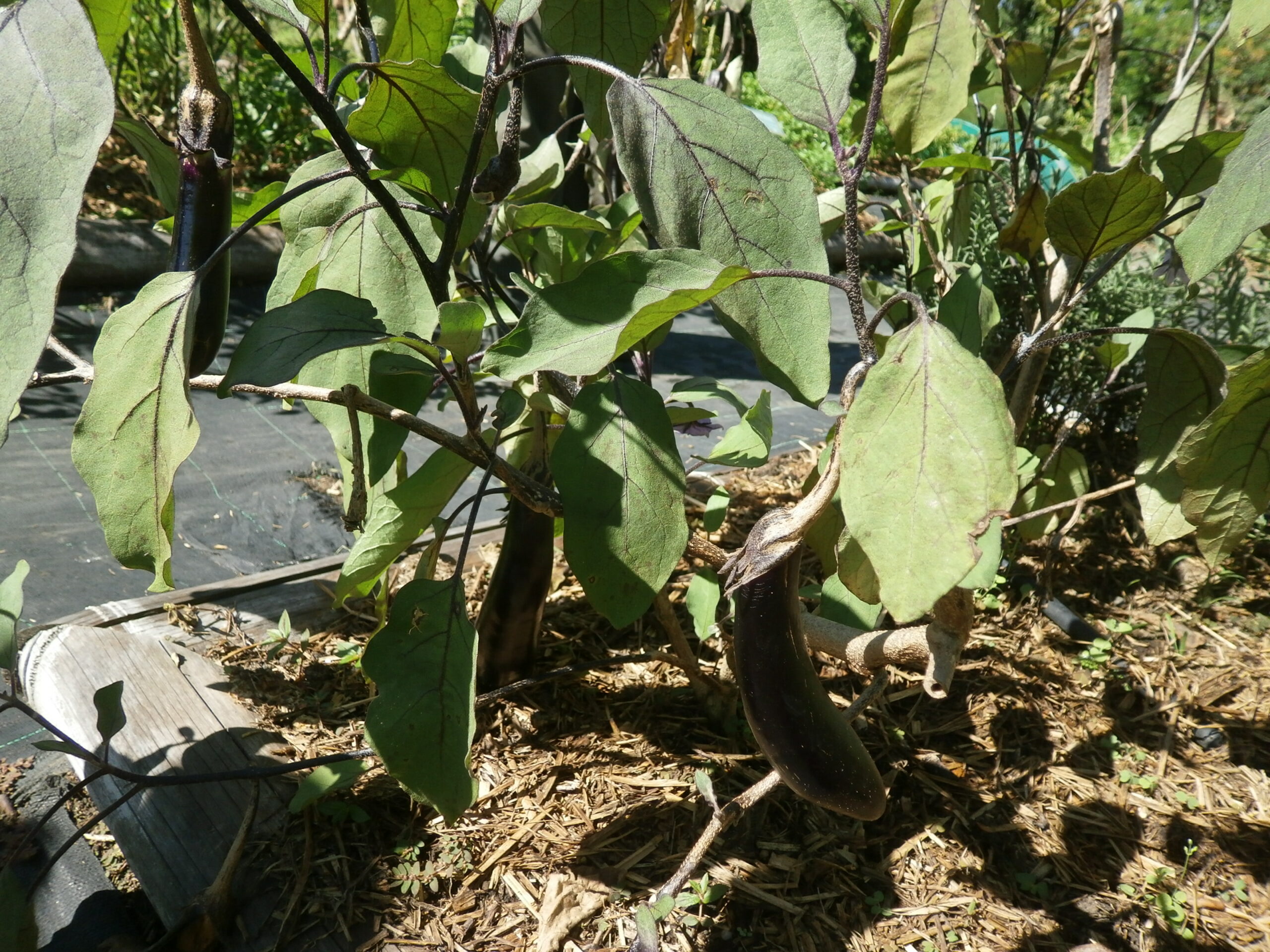
Eggplant
₡1,900.00
SKU: 0310 Category: Culinary GardenScientific name: Solanum melongena
Family: Solanaceae
Origin: S Asia
Medicinal use: The consumption of eggplant is recommended after a brief cooking and with its skin properly washed previously, since it is in this last part of the eggplant where antioxidants and fiber are found in greater proportions. We can include eggplant in a sauté, a sauce, an omelette, a vegetarian curry or, in a tasty salad. Eggplant is a very low-calorie vegetable because it has more than 90% water.
42 in stock
-

Spinach, Brazil
Culinary Garden ₡1,900.00 Add to cart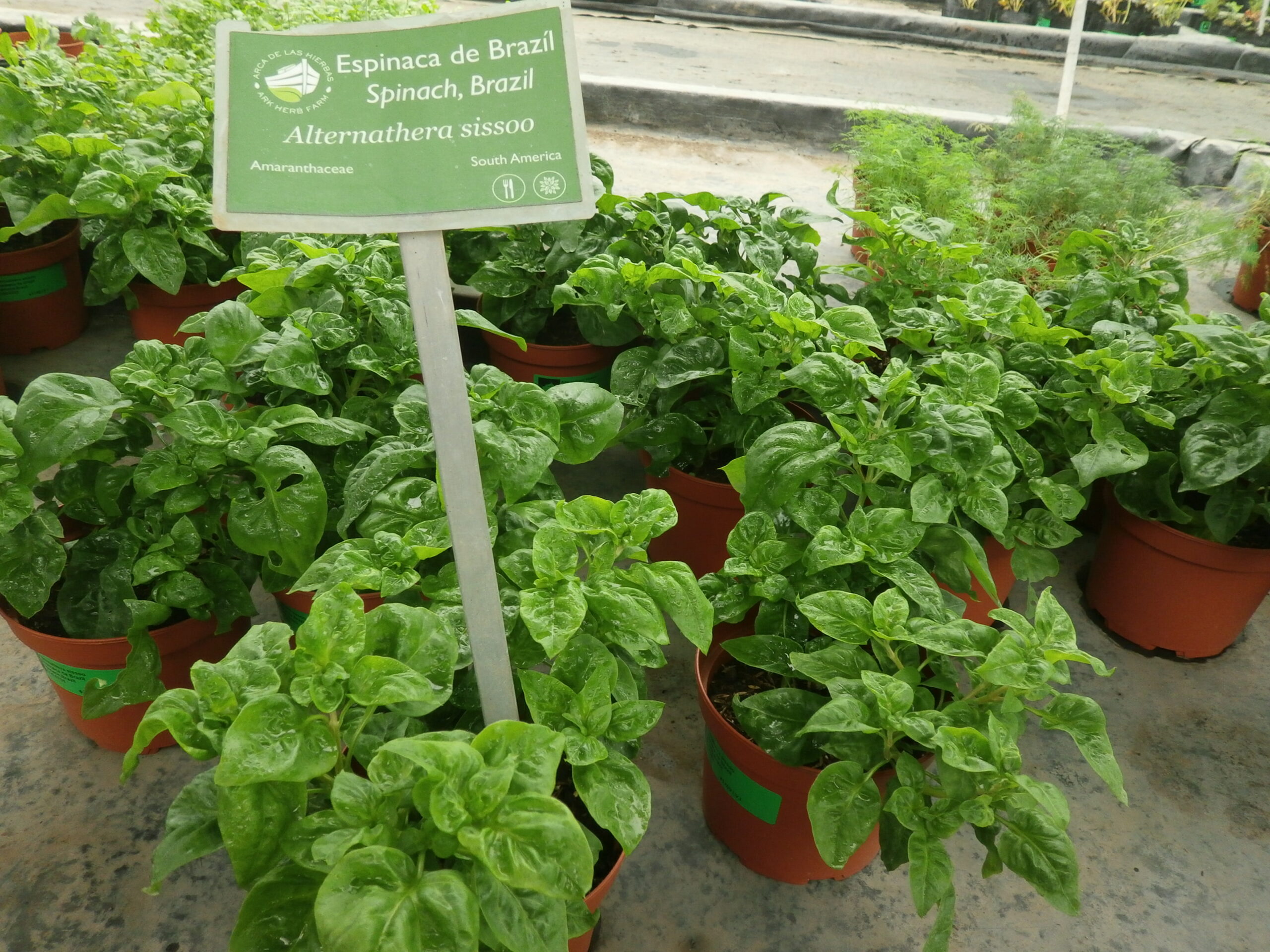
Spinach, Brazil
₡1,900.00
SKU: 0705 Category: Culinary GardenScientific name: Alternanthera sissoo
Family: Amaranthaceae
Origin: S America
Medicinal use:The leaves are crisp, slightly more so than temperate spinach, and not slimy. Some cultivars are slightly bitter. Reportedly, Brazilians generally eat it raw in salads with oil or vinegar, tomato and onion, although the literature recommends cooking it. Sissoo spinach can be added to quiches, cakes, curries, dals, pasta sauces, lasagna, or added to dishes and stir-fries at the end of the cooking process as a substitute for spinach and to add a nutty flavor.
15 in stock

